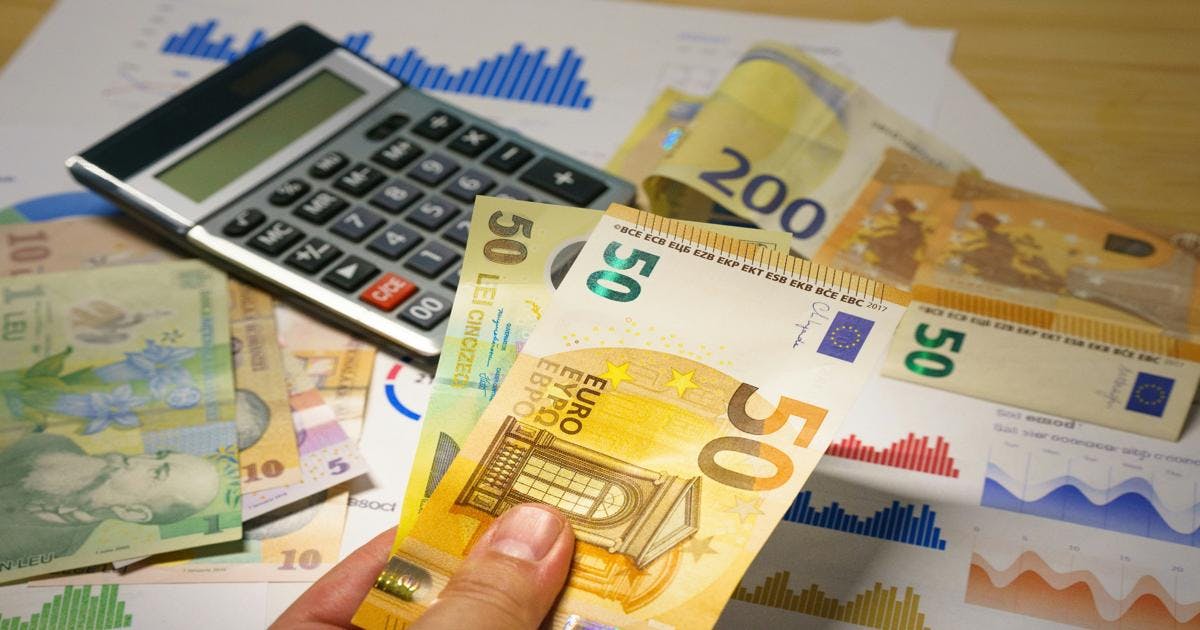
Why Most People Overspend Mid-Month (and How to Stop)

Summary
Most people overspend mid-month due to behavioural finance traps, hidden expenses, and poor tracking.
Most people overspend mid-month due to behavioural finance traps, impulse buying, lifestyle creep, and lack of real-time monitoring - but smart analysis of your payslips and bank statements can help break the cycle for good.
Whether you're in Dublin, Cork, or anywhere in Ireland, this phenomenon is widespread -and costly. In this in‑depth guide, we'll explore the psychology of mid‑month overspending, outline practical strategies for staying on budget, and show how Irish Tax Hub’s financial analysis tool will soon be your digital aide for financial control.
1. The Psychology Behind Mid-Month Overspending
The Payday Effect & Present Bias
The “payday effect” is a powerful motivator: your brain assigns more value to immediate rewards than future needs. Studies show that people consistently spend more right after payday - regardless of income level - due to this present bias and temporal inconsistency. Even when bills are looming, the emotional high of new money outweighs the logic of budgeting ahead.
Anchoring and Overconfidence
Seeing your bank balance jump post-payday anchors your expectations. You feel wealthier and spend more - only to crash mid-month when routine costs surface, such as school fees or insurance.
The Cashless Effect
Digital payments reduce the "pain of paying", making it easier to overspend. Credit/debit cards, mobile wallets, and contactless taps blur the psychological link between payment and possession, driving impulse purchases.
Small Purchases Add Up
Micro-spending - coffee, streaming subscriptions, online deals - often feels harmless. But ten €5 purchases per week quickly balloon into a €200+ monthly drain, quietly eating into your buffer.
2. Real-Life & Edge-Case Scenarios
Case Study: The Young Professional
John earns €2,800 net monthly. Rent and utilities take €1,500 early in the month, leaving €1,300. He spends freely on dining, social outings, and shopping in week one. By mid-month, only €150 remains - forcing overdraft usage and costly fees on repeat.
Case Study: The Parent Under Pressure
Maria earns €3,200 post-tax. Early spending goes to school uniforms, groceries, and activities. With the mortgage and car insurance due mid-month, she hits zero balance and leans on her credit card - raising her long-term debt cycle.
Edge Case: Freelancers & Irregular Income
Liam, a freelancer, receives lump-sum payments irregularly. Post-invoice, he spends as though income is steady. Without tracking, mid-month income gaps lead to unpredictable financial strain.
Edge Case: Couples with Shared Accounts
One partner overspends early in the month unbeknownst to the other. Mid-month bills bounce. Shared visibility and real-time alerts could prevent such surprises.
Emotional Overspending
Stress, boredom, or emotional lows often trigger overspending. Impulse splurges provide temporary relief but result in mid-month financial regrets - a behavioural loop worth breaking .
3. How to Stop the Mid-Month Slump
A. Review Your Bank Statements
Audit the past 3-4 months of statements. Categorise discretionary spending - takeaways, retail, digital services. This builds awareness of spending patterns often hidden from quick glances.
B. Budget According to Payslip Income
Your payslip shows net pay after tax, USC, PRSI, and pension. Base your budget on that number - not gross income. Allocate your income across essentials, discretionary funds, and savings from the start.
C. Pre-Allocate Bills & Savings
Automate essential payments at the beginning of the month. Automate transfers for savings or emergency funds too. This prevents confusion over “free” money mid-month, ensuring priorities are funded.
D. Implement Weekly Spending Rounds
Break your pay into four or two chunks. Weekly budgeting acts as a psychological brake - comparing spendable chunks combats the payout overspend mindset.
E. Use Behavioural Techniques
- Delay purchasing decisions for non-essentials - sleep on it.
- Create visual spending alerts through apps that flag categories like food or entertainment.
- Set up envelope-style sub-accounts for bills versus fun money.
4. How Irish Tax Hub’s Financial Analysis Tool Will Help
Let’s face it - manual budgeting is time-consuming and prone to oversight. Here’s what our tool will offer:
- Overspending Alerts
Detect spending surges mid-month and highlight where money is dwindling too fast. - Payslip & Bank Match-Up
Link your income and outflows—see your full financial snapshot in one place. - Recurring Expense Detection
Flag repeat costs—like subscriptions, go unnoticed but cut into your balance over time. - Smart Visual Dashboards
Color-coded summaries show your spending vs earning - avoid overdraft surprises every month. - Behavioural Insights
Learn your patterns - from overspending triggers to categories where mid-month lapses occur.
Final Thoughts
Overspending mid-month isn’t a lack of income - it’s a behavioral finance challenge. Anchoring bias, the cashless effect, lifestyle creep, emotional spending, and poor tracking all combine to erode your financial stability.
By applying behavioral insights, aligning spend with actual payslips, automating bill and savings flows, and using real-time analysis tools like Irish Tax Hub’s, you can transform mid-month chaos into consistent financial control.
This blog post is for informational purposes only and does not constitute tax, financial, or legal advice. Tax laws and regulations are subject to change and may vary based on individual circumstances. Readers are strongly encouraged to consult with a qualified tax professional or financial advisor before making decisions based on the information provided. We make no guarantee regarding the accuracy, completeness, or applicability of this content to your particular tax situation.
Found this article helpful? Like and share it with others
Related Posts

The Hidden Fees in Your Bank Statement

Hidden bank fees can quietly drain your money unless you review your bank statements.

Payslip Review Service: What to Expect

Interested in our payslip review service? Here is an example breakdown of what you can expect to receive.